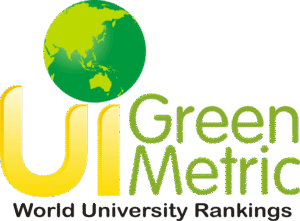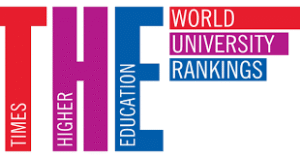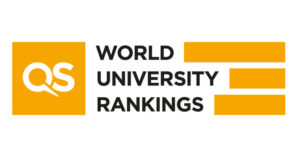WUR Sustainability Rankings
Did you know that one of the selling points of WUR is its strong reputation in sustainability? WUR has been ranked in top spots in sustainability rankings, showing its commitment to environmental responsibility. But what exactly are these sustainability rankings? Let’s find out!
Sustainability Rankings
First, you would wonder what even a sustainability ranking is. It’s a system that uses various tools to evaluate the performance of an entity on various metrics. Those metrics usually fall under environmental, social, and governance (ESG) performance. The goal of such rankings is to ensure that the entity is in line with sustainability goals and serves as a motivation to make positive contributions. Rankings for universities assess things like environmental impacts, use of resources, governance of sustainability polices and many more. Rankings are built on surveys and external data sources. They are then weighted, compared and scored with other results (from different universities). Once the processing is done, a final ranking with results is published on websites.
Sustainability Rankings for Universities
Several organisations have developed their own rankings and criteria, but three are particularly well-known. The first one is UI GreenMetric – a world university ranking established in 2010, which focuses on environmental sustainability and campus operations. The rankings are based on evaluation areas such as infrastructure, energy, climate change, waste, transportation, research and education. The scores are based on self-reported surveys backed by evidence from roughly 1,500 universities in 95 countries. This is the largest ranking system focusing on the sustainability practices of universities.
The second ranking system used for evaluations is THE Impact Rankings – Times Higher Education (THE). THE rankings evaluate performances based on alignment with the United Nations’ Sustainable Development Goals (SDGs). Over 2500 institutions from 130 countries are participating in this assessment. This ranking focuses on social and governance areas, such as stewardship, outreach, and teaching.
The third ranking system is QS World University Rankings – Sustainability, which covers nearly 1800 universities from over 100 locations. The specific branch of the QS rankings focusing on sustainability uses 52 indicators. These indicators have two dimensions, environmental and social impact.

WUR Ranking (UI Green Metric)
According to UI Green Metric, WUR has been the most sustainable university in the world for 8 years in a row with the score of 9.5. Together with Groningen University, it has secured top spots in 2024. You can see the full ranking here. WUR did exceptionally well in metrics related to energy transition.
“This recognition by UI GreenMetric inspires us to push even further in our journey toward sustainability. Not only in research and education, but also in WUR’s own business operations. The university recently developed a new educational vision focusing on training ‘responsible change makers’. Education at Wageningen University is not only about transferring knowledge but also about empowering young people to make leading and transformative contributions to a sustainable and just future.”
– Rector Magnificus Carolien Croeze
WUR Sustainability coordinator, Erna Maters, emphasises that sustainability rankings like UI GreenMetric are not just about competition but about fostering collaboration, raising awareness of universities’ role in creating a sustainable future, and using the recognition as motivation for continued progress.


Other Ranking Results
According to THE Rankings, WUR is placed somewhere between 201-300th place in the world according to the 2025 results. WUR scored a high score on SDG 2 (Zero Hunger), 13 (Climate Action) and 4 (Life Below Water). Based on QS Rankings, WUR takes 53rd place in sustainability rankings; it has been steadily increasing, as seen in the Figure below.

So, why do the results differ? This has to do with the unique indicators. Every ranking has a different set of indicators. Some focus more on welfare, while others focus on the technical aspect of environmental sustainability. It is also worth pointing out that THE and QS rankings focus on general performance. While UI GreenMetric solely focuses on the environmental and sustainability aspects. So this means that WUR being top spot university is not a made-up tale. It’s important to understand that each ranking uses different criteria, so varying positions across them don’t make any of them less valid.
Key takeaway
Sustainability rankings highlight WUR’s strong commitment to sustainability and inspire continuous improvement. As students, our role is important. By participating in surveys that contribute to these rankings, we help shape how our university is represented. So when you’re invited to take part in surveys, make your voice count!
If you would like to share your opinion about these rankings, feel free to share it in the comment section!
Cheers,
Samir



